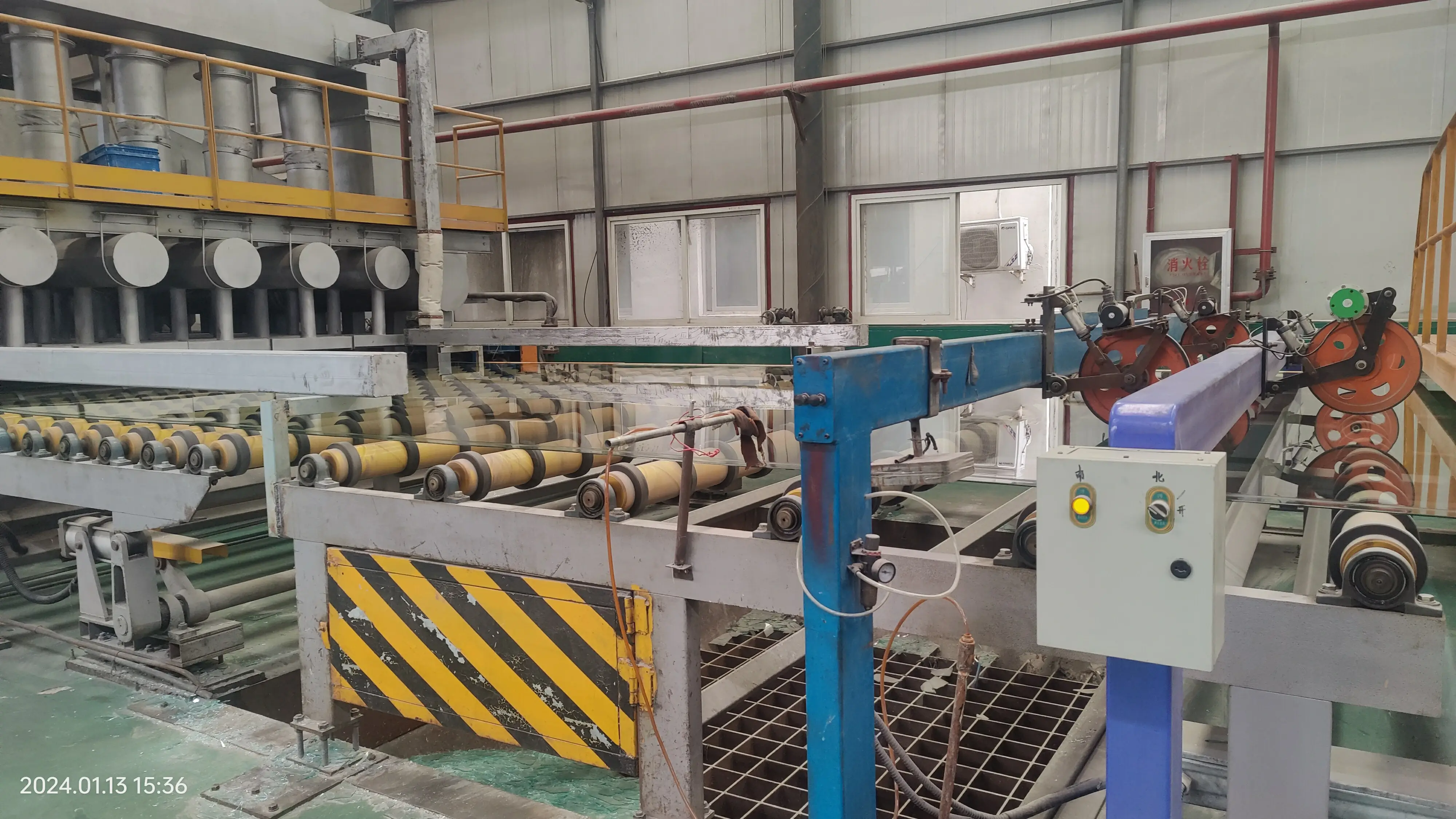

The Rise of Tempered Glass A Glimpse into the Future of Glass Manufacturing
In recent years, the glass manufacturing industry has witnessed a remarkable transformation, with tempered glass taking center stage
. This specialized type of glass is renowned for its impressive strength and safety features, making it an essential material in various applications, ranging from architecture to automotive design. As a leading tempered glass company, it is vital to understand the processes, advantages, and future prospects of this innovative product.Tempered glass, also known as toughened glass, undergoes a rigorous manufacturing process designed to enhance its strength. The process begins with cutting regular glass into the desired shapes and sizes. Once cut, the glass is subjected to a heating phase where it is heated to approximately 620 degrees Celsius (1,148 degrees Fahrenheit) and then rapidly cooled. This thermal treatment creates a compressive stress on the surface while maintaining tensile stress in the core, resulting in a product that is five to six times stronger than regular glass. This robustness allows tempered glass to withstand impacts and thermal stresses, making it a popular choice for high-traffic areas where safety is a priority.
One of the most significant advantages of tempered glass is its safety features. In the event of breakage, it shatters into small, blunt pieces, reducing the risk of injury compared to traditional glass, which can break into sharp shards. This characteristic is particularly important in environments such as schools, hospitals, and public buildings, where the risk of accidents must be minimized. Moreover, many tempering processes are designed to meet stringent safety standards, ensuring that products not only perform well but also comply with regulations.
Beyond safety, tempered glass offers aesthetic appeal and versatility. Its clarity and ability to transmit light make it an attractive option for modern architectural designs. It is commonly used in facades, skylights, and glass partitions, contributing to the open and airy feel of contemporary spaces. Additionally, tempered glass can be coated with various films or tinted, allowing for customizable appearances that meet specific design requirements. This flexibility has led to an increasing demand for tempered glass in residential and commercial buildings alike.

As the construction and automotive industries continue to evolve, so too does the technology behind tempered glass. Advancements in production techniques have led to improved efficiency and reduced costs, enabling tempered glass companies to offer competitive pricing without compromising on quality. Innovations such as digital printing on glass, self-cleaning coatings, and energy-efficient insulating glass units are paving the way for a new generation of glass products that respond to market demands for sustainability and functionality.
Moreover, the global push for environmentally friendly materials has prompted tempering processes to adopt greener practices. Many companies are exploring ways to recycle glass and minimize waste during production, aligning with the broader trend towards sustainability in manufacturing. As building codes and consumer preferences shift towards eco-friendly materials, tempered glass is well-positioned to meet these demands.
Looking ahead, the future of tempered glass seems promising. With an ever-growing market fueled by urbanization, increased building activities, and the rise of smart homes, the demand for high-quality tempered glass is expected to surge. Companies focusing on research and development will be crucial in driving innovation in this sector, leading to enhanced products that meet changing consumer needs.
In conclusion, the tempered glass industry stands at the crossroads of safety, aesthetics, and sustainability. As a key player in this field, a tempered glass company must not only focus on manufacturing high-quality products but also anticipate future trends and challenges. By embracing innovation and a commitment to excellence, the tempered glass industry is poised to play a vital role in shaping the buildings and products of tomorrow.